Special Report
Medical Tests Every Woman Should Have and When

Published:
Last Updated:

Women all over the world have a longer life expectancy than men, according to the World Health Organization. It’s no different in the United States, where the average life expectancy at birth for women is 81.1 years compared with 76.1 years for men.
Some reasons why this is so is that women are generally more mindful about their health than men, are more likely to see a doctor, and are more forthcoming about problematic symptoms.
24/7 Tempo has compiled a list of examinations every woman should have and when, using sources such as the Centers for Disease Control and Prevention, National Institutes of Health, Breastcancer.org, and the National Cancer Institute.
Click here to see the medical tests every woman should have and when
Click here to see the medical tests every man should have and when
Women are more likely than men to have chronic pain, suffer from depression, develop an eating disorder, have a dysfunctional thyroid, and develop certain types of cancer. Here are 50 health tips every woman should know.
Women also need to consider issues related to fertility and their reproductive systems. Hormone levels change as women age, adding to potential health concerns. Eating healthful foods, maintaining a healthy weight, and being active can all help lower the risk of diseases such as diabetes. These are the best foods for your gut health.

1. Mammogram
A mammogram is an X-ray of the breast. These pictures are used to test and diagnose breast cancer. Mammograms are recommended annually.
In 2016, the latest year for available data, there were 245,299 new cases of female breast cancer, or 124 new cases for every 100,000 people — the highest incidence of all cancer types.
[in-text-ad]

2. Estrogen Level Test
Estrogen tests help doctors detect fetal birth defects and check for tumors of the ovaries, particularly in young girls and older women. Estrogen level screenings are also used to monitor fertility treatments.

3. Pap Smear
A pap smear, also known as a pap test, is a screening for detecting cervical cancer in women. For women ages 21 to 65, this test is recommended every three years.
The National Cancer Institute estimates 13,170 new cases of cervical cancer will be diagnosed and 4,250 cervical cancer-related deaths will occur in the United States by the end of 2019.

4. Bone Density Test
A bone density test determines if you have osteoporosis, a disorder characterized by fragile bones that are more likely to break. The test uses x-rays to measure the amount of grams of calcium and other bone minerals present in a bone. Health plans will usually pay for the test every two years.
[in-text-ad-2]

5. Cholesterol Screening
Cholesterol screenings, or lipid profiles, are blood tests that gauge the amount of cholesterol and triglycerides in your blood. The screenings help determine your risk of plaque buildup in your arteries that can lead to blocked arteries. Adults over 18 years old should have their cholesterol checked every five years.
Women are advised to begin routine cholesterol screening by age 45 or younger. Women diagnosed with diabetes, heart disease, stroke, or high blood pressure should check cholesterol levels every year. Nearly one-third of women over age 20 have high cholesterol, or more than 36 million women.
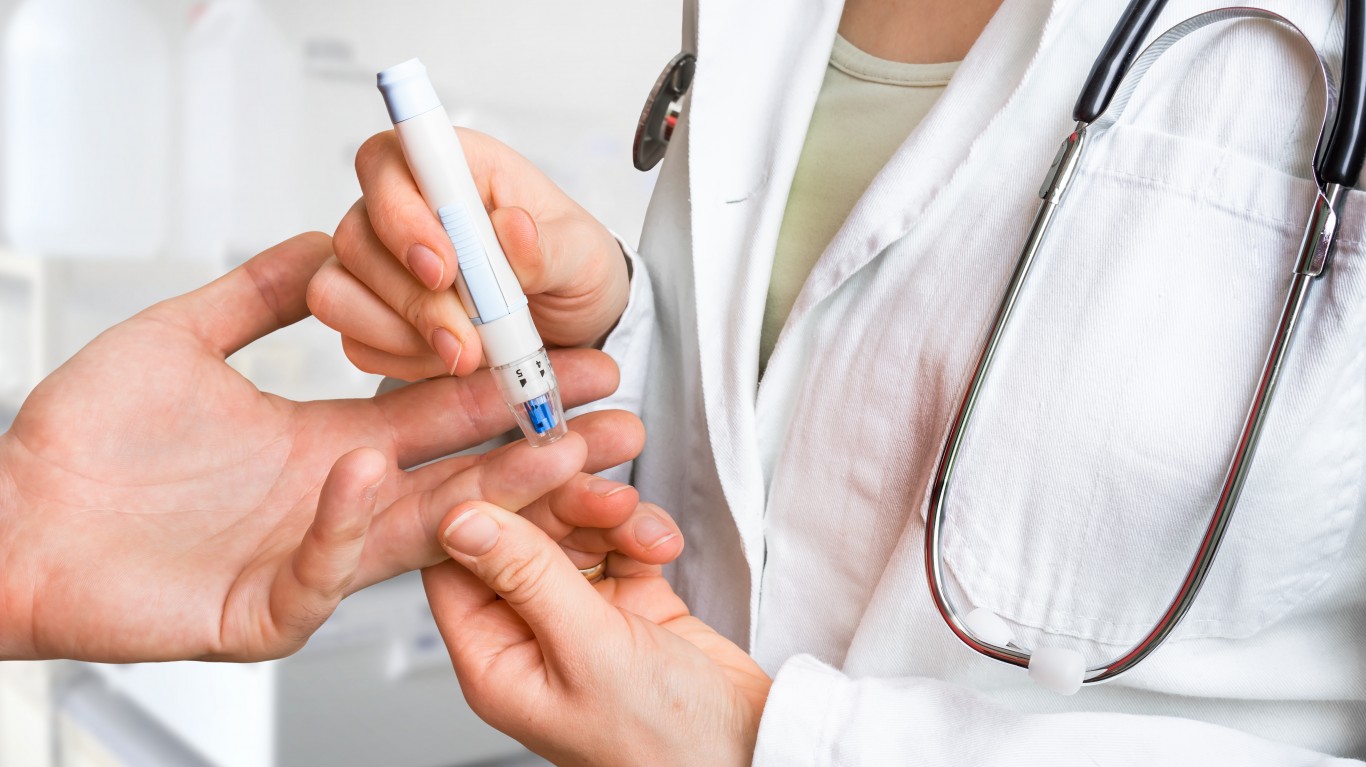
6. Blood Glucose Test
This test measures the glucose levels in your blood. Glucose is a type of sugar and is your body’s main source of energy. High blood glucose levels, or hyperglycemia, may be a sign of diabetes, which can lead to heart disease, blindness, and kidney failure. Low blood glucose levels, or hypoglycemia, can also lead to problems, including brain damage. If a woman has prediabetes — higher-than-normal blood sugar levels — she should have her blood tested every year.
According to data from the Centers for Disease Control and Prevention, 7.6% of women 18 and over had diabetes as of 2017.
[in-text-ad]

7. Colonoscopy
The U.S. Preventive Services Task Force recommends that adults ages 50 to 75 be screened for colorectal cancer. It is recommended that people who do not have an increased risk of colorectal cancer have the test every 10 years. One of the most common ways to screen for colorectal cancer is a colonoscopy.
There were 67,441 new cases of Colon cancer reported in 2016, and 24,644 women died of the disease. For every 100,000 women in the United States, there were 33 new cases 12 deaths.

8. Weight and Height Screening
Body Mass Index, also called BMI, is a person’s weight in kilograms divided by the square of height in meters. The measure is used to screen for weight categories that may lead to health problems. The BMI calculation can be made by anyone at any time using an online calculator on the Mayo Clinic website and other healthcare websites.
Nearly one out of three adult females, or 30%, are obese, or a total of more than 34 million women.

9. Breast Exam
Because of some reports show a weak connection between self-examination and breast cancer survival rates, the American Cancer Society no longer recommends self-examination to women with average risk of breast cancer. However, Breastcancer.org still does recommend these self-screenings at least once a month, in combination with regular exams by a doctor and other tests, to improve the odds of early detection.
Breast cancer is the most common form of cancer among women in the United States.
[in-text-ad-2]

10. Stool test
The yearly stool test is one of the tests to screen for colorectal cancer. The test, also called the guaiac-based fecal occult blood test (gFOBT), uses the chemical guaiac to detect blood in the stool. The patient performs the test at home using a stick or brush contained in a test kit from a healthcare provider to obtain a small amount of stool. The patient returns the kit to the doctor or a lab, where the stool samples are checked for the presence of blood that may come from polyps or tumors.
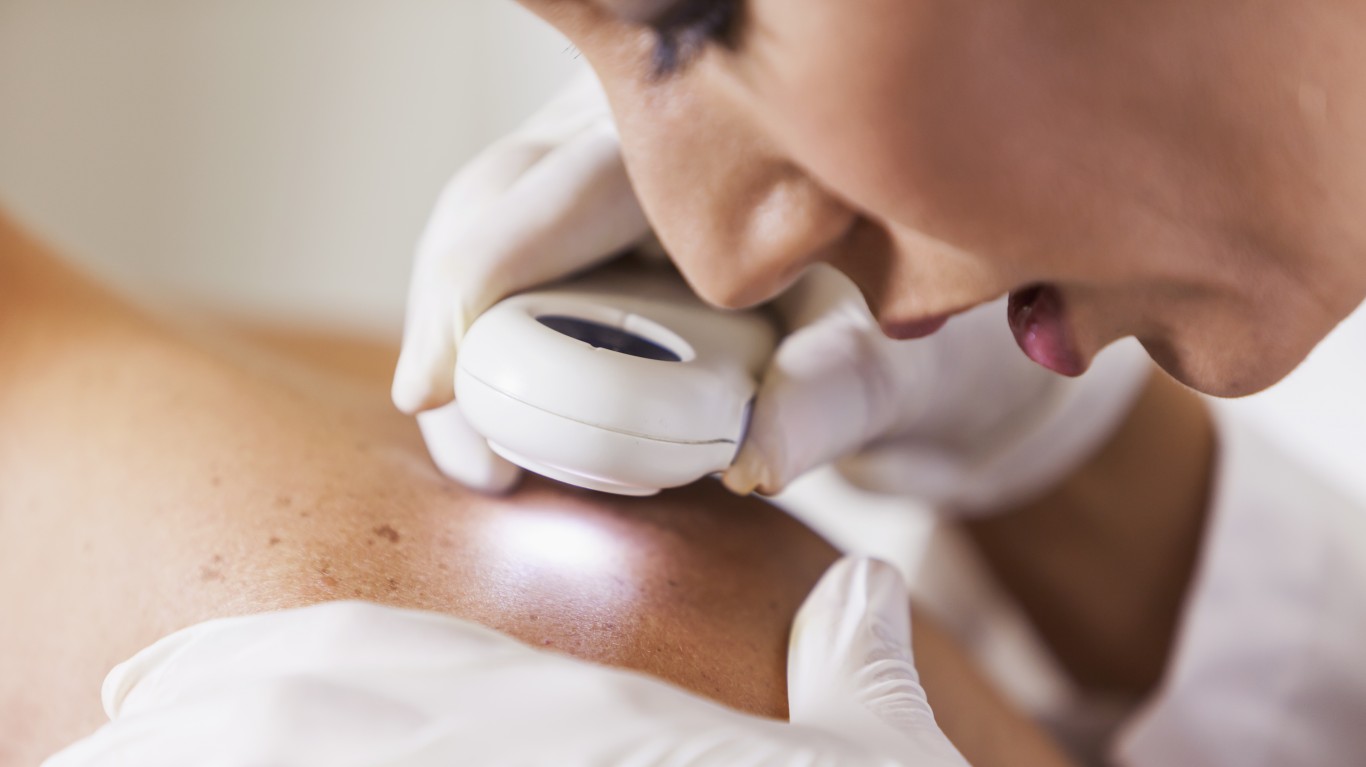
11. Skin Cancer Screening
Skin exams are given to test for melanoma, a deadly form of skin cancer, and other skin cancers. Melanoma is the seventh most invasive cancer among women. About one in 52 women in the United States will develop melanoma in their lifetime. Skin cancer screening with a total body skin examination (TBSE) is seen by healthcare experts as the safest and easiest screening test.
There were about 18 new cases of melanomas of the skin per 100,000, or 33,714 total in 2016, the latest year for which incidence data are available
[in-text-ad]
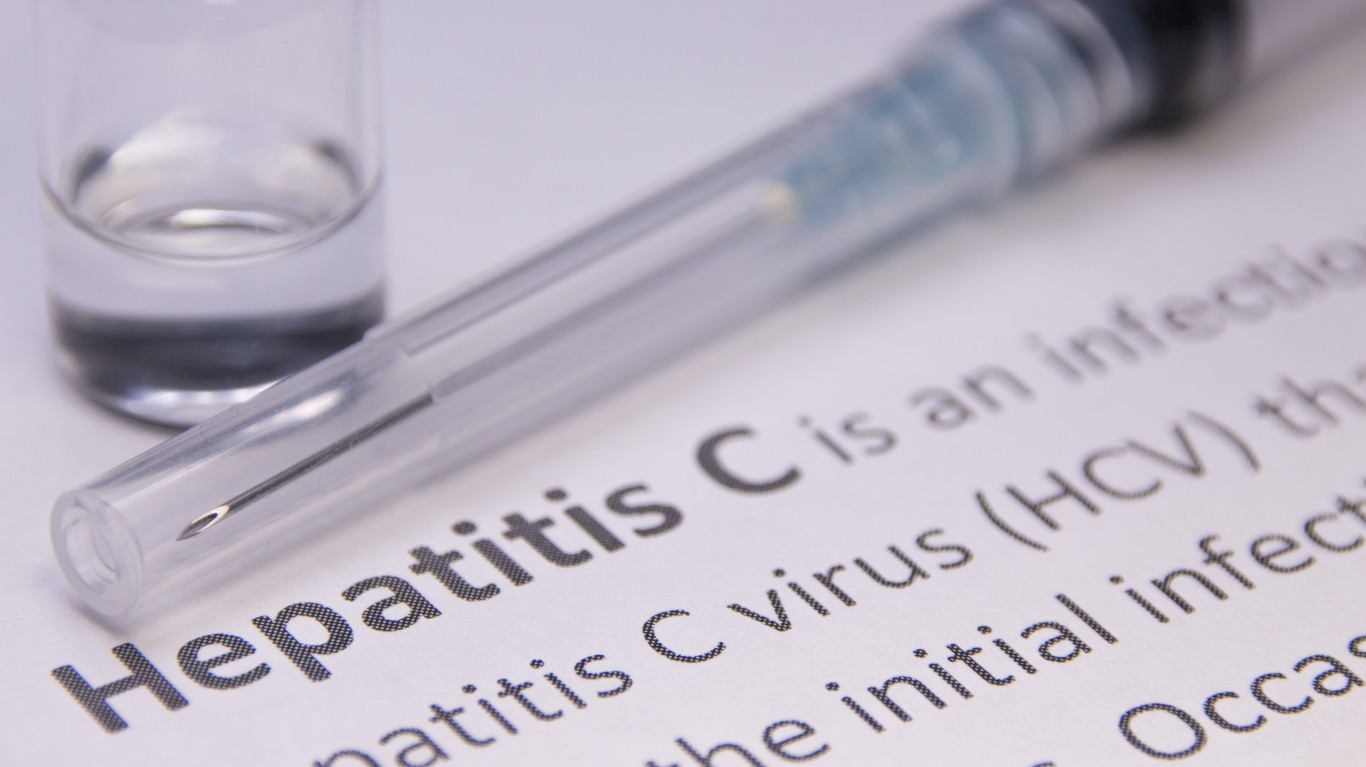
12. Hepatitis C Screening
Hepatitis C is a viral infection that causes liver inflammation and could lead to liver damage. The virus spreads through tainted blood. Hepatitis C is usually curable with oral medications taken every day for two to six months. About half of people with the virus don’t know they have it because there are no symptoms. It may take years before the symptoms manifest. That is why the CDC recommends a one-time screening blood test for everyone at increased risk. Those with the biggest risk are people born between 1945 and 1965.
There were 3,186 new cases of Hepatitis C reported in 2017 in the United States, according to the CDC.

13. Thyroid Screening
Thyroid function tests are blood tests used to gauge how well the gland is working. The thyroid is a small gland in the lower-front section of the neck. It helps regulate your metabolism, energy level, and mood. The tests are routinely performed on newborns to check how well the thyroid is functioning. If your blood work indicates the gland is overactive or underactive, your doctor may order other tests that will check for thyroid function problems and for possible tumors. Based on these findings, your doctor may want to sample tissue from the thyroid to check for cancer.
There were 35,441 new cases of thyroid cancer in 2016, and 1,116 women died of the disease in the United States. For every 100,000 women, there were 21 new cases and one death.
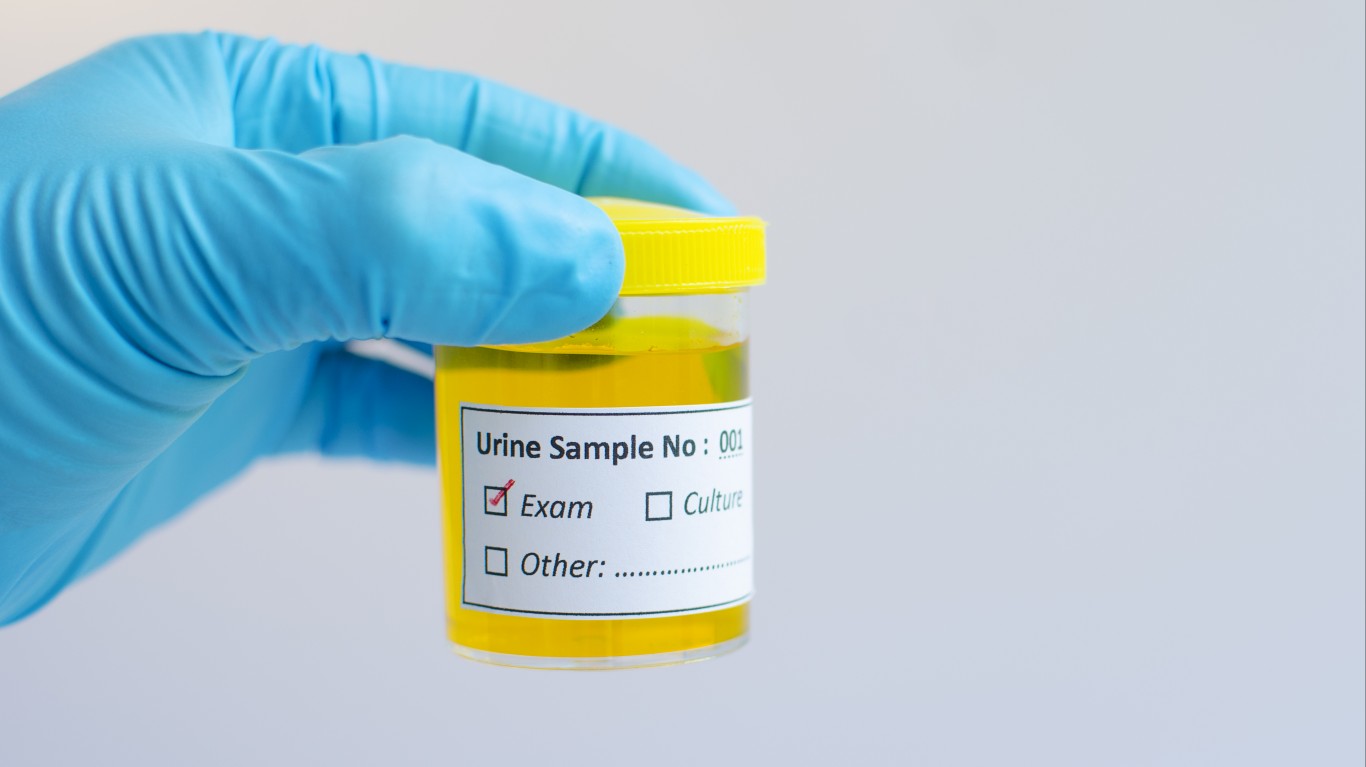
14. Chlamydia and Gonorrhea Screening
Chlamydia and gonorrhea are sexually transmitted infections (STIs) caused by bacteria. Chlamydia is the more common of the two. Based on CDC data, there were more than 1.7 million cases of chlamydia in the United States in 2017, compared with over 550,000 cases of gonorrhea. The U.S. Preventive Services Task Force recommends that sexually active women 24 and under should get regular testing.
In 2017, there were 688 new cases of chlamydia for every 100,000 women in the United States, or a total of 1,127,651.
[in-text-ad-2]

15. Pelvic Exam
A pelvic exam is performed by doctors to check the health of a woman’s organs before, during, and after menopause. The exam is crucial to women because the risk of cancer increases as they grow older. Regular pelvic exams are important in early detection of certain cancers in menopausal and postmenopausal women.

16. Lung Cancer Test (LDCT)
The U.S. Preventive Services Task Force recommends an annual lung cancer test with low-dose computed tomography (LDCT) for all adults 55 to 80 years old who have a history of smoking around 15 cigarettes a day for 40 years. This rate of smoking is known as a 30 pack-year smoking history. This test should also be given to adults who smoke or who have quit within the past 15 years.
Lung cancer is the deadliest cancer in the United States. There were close to 150,000 lung cancer deaths in 2016, or 38.5 for every 100,000 people — more than from any other cancer.
[in-text-ad]

17. Vitamin D (25 Hydroxyvitamin D) Test
This test determines if a person has a deficiency in vitamin D. Vitamin D helps your body absorb calcium and sustain strong bones. Your body produces the vitamin when the sun’s ultraviolet rays come in contact with a person’s skin, which is why it is called the “sunshine vitamin.”
High risk individuals include individuals who have limited exposure to the sun, older adults, obese, women who have had gastric bypass surgery, and women who have diseases such as Crohn’s disease, which makes it difficult for the body to absorb nutrients. Rickets and osteomalacia are associated with vitamin D deficiency diseases.

18. Pelvic Ultrasound
A pelvic ultrasound is a noninvasive diagnostic procedure that creates images that doctors use to assess the size and structure of organs within the female pelvis. With a pelvic ultrasound, medical experts can view the uterus, cervix, vagina, fallopian tubes, and ovaries. The test cannot determine the presence of cancer or any other disease in those organs. A pelvic ultrasound is part of the regular pelvic exam regimen and is important in early detection of certain cancers in menopausal and postmenopausal women, though it cannot determine the presence of cancer.

19. Depression Screening
Depression is a serious mood disorder that affects up to 9% of patients and accounts for more than $43 billion in medical care costs. To be diagnosed with depression, the symptoms must be present for at least two weeks. Those with depression symptoms experience loss of interest in activities, impaired concentration, feelings of worthlessness or guilt, and suicidal ideation.
Postpartum depression is more serious than the “baby blues,” which typically resolve themselves within two weeks after delivery. Women with postpartum depression experience severe depression during pregnancy or after delivery. Extreme sadness, anxiety, and exhaustion that come with postpartum depression may make it difficult for new mothers to care properly for themselves and/or for their babies.
[in-text-ad-2]

20. Fecal Occult Blood Test
The fecal occult blood test (FOBT) is conducted by a laboratory and used to check stool samples for hidden, or occult, blood. Occult blood in the stool may indicate the presence of colon cancer or polyps in the colon or in the rectum, even though not all cancers or polyps bleed.
Medical experts recommend that women get the fecal occult blood test yearly beginning at 50 years old to improve the chances for early detection and prevention of colorectal cancer. This test may be performed along with a sigmoidoscopy that is performed every five years to check for colorectal polyps or cancer.

21. Follicle-Stimulating Hormone Test
The follicle-stimulating hormone (FSH) test gauges how well a woman’s reproductive system is functioning. The follicle-stimulating hormone is responsible for the growth of ovarian follicles that produce estrogen and progesterone in the ovaries and help maintain menstrual cycles. The test measures the level of FSH present in a woman’s blood. FSH tests are used to assess infertility problems, check irregular menstrual cycles, and diagnose disorders of the pituitary gland or diseases involving the ovaries. Women might be asked to have this test done at a specific time in their menstrual cycle, usually the first few days.
[in-text-ad]
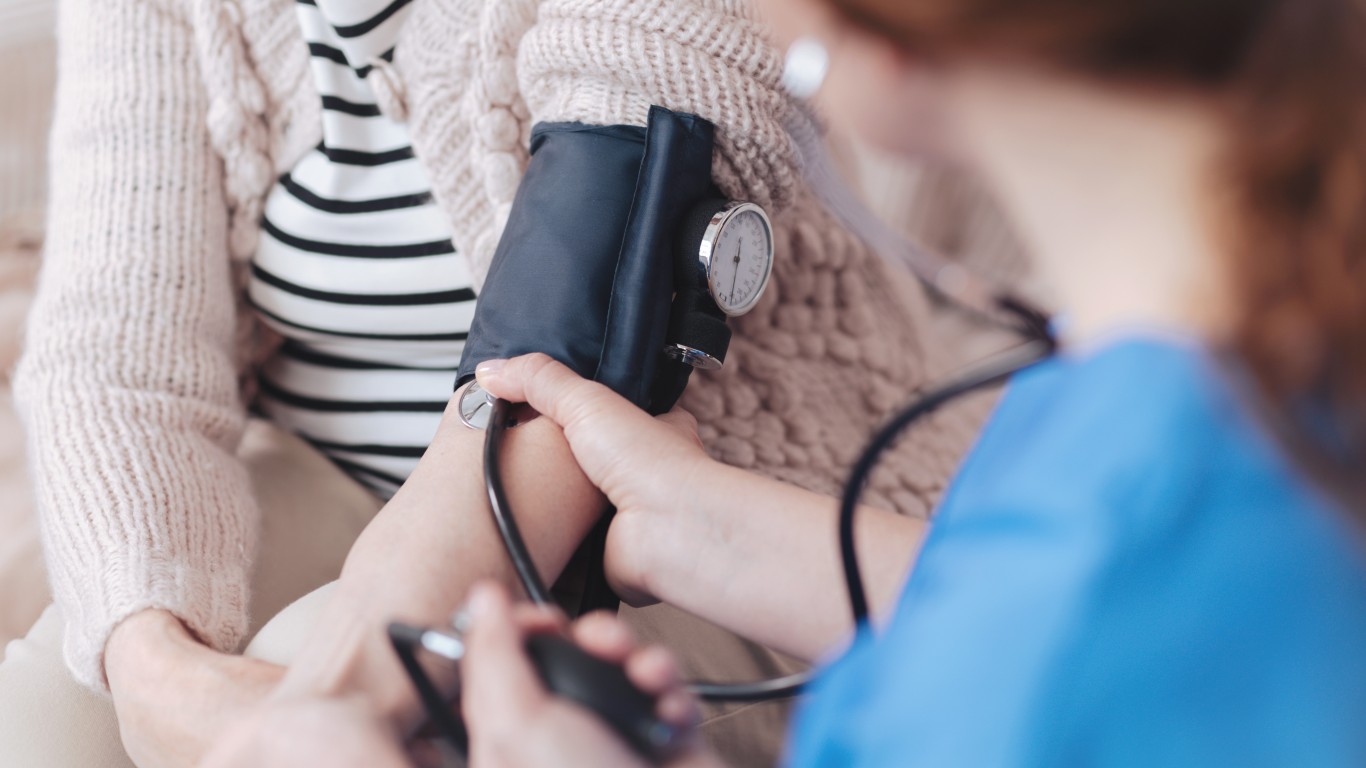
22. Hypertension Hormone Test
Hypertension, also called high blood pressure, is a condition marked by elevated blood pressure (BP) that can cause serious damage to the heart, kidneys, brain, and eyes over time. The severity of hypertension increases with age, and controlling blood pressure becomes more difficult over time, especially among women.
There are forms of hypertension that occur only among women, such as hypertension related to menopause, oral contraceptive use, or pregnancy. Women should have a blood pressure test every two years, beginning at age 18, and every year after age 40. In the U.S. 78 million adults older than 20 have hypertension.
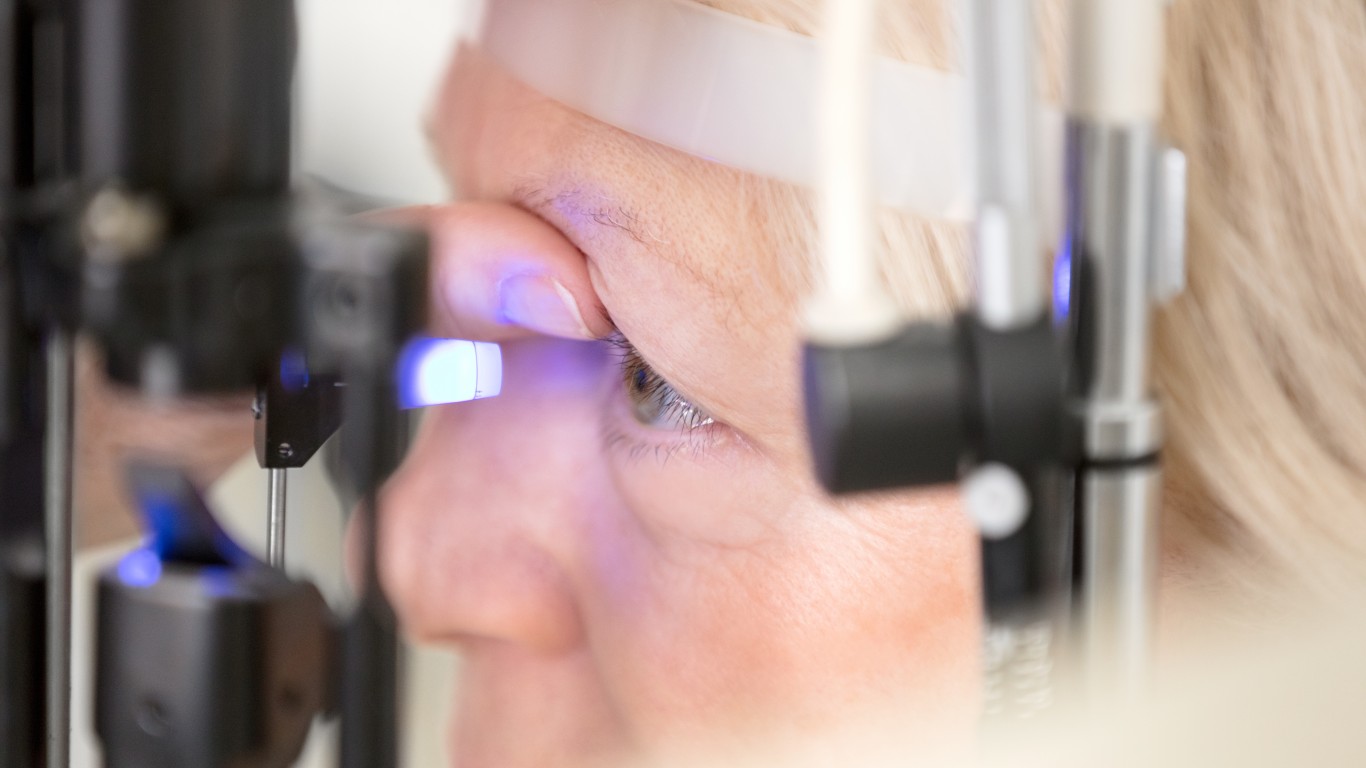
23. Glaucoma Test
Glaucoma is a disease that can damage the optic nerve and lead to irreversible loss of vision. The disease is the second leading cause of blindness. Medical experts recommend that women get regular eye exams for early detection for glaucoma. Women are encouraged to get baseline eye screening by age 40 and consult with their doctors about follow-up screening, especially if they have a family history of glaucoma and risk factors such as high blood pressure and diabetes.
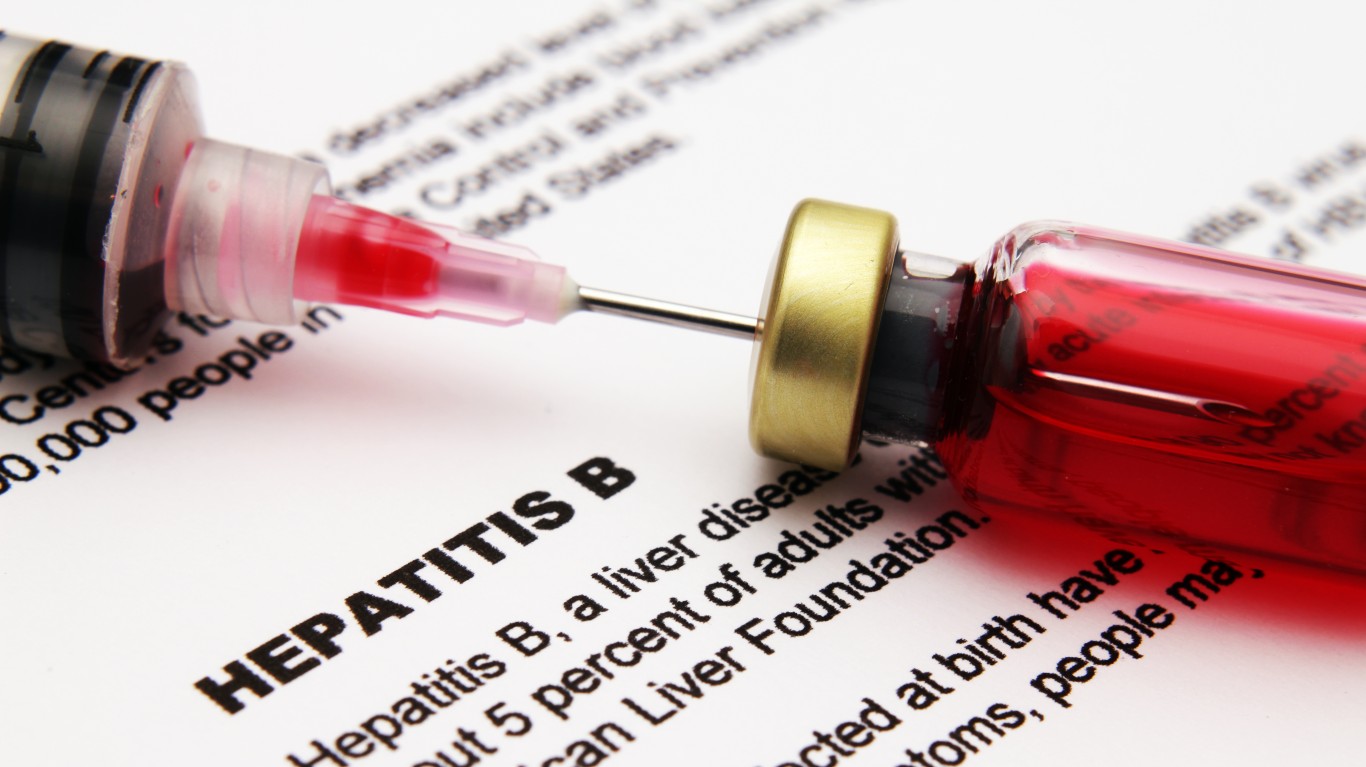
24. Hepatitis B
There is a Hepatitis B vaccine, but for those who are not vaccinated, the CDC recommends regular screening for certain groups of people, including those who inject drugs and who have HIV. In addition to testing based on risk behaviors, hepatitis B screening is recommended for all pregnant women because babies born to women with hepatitis B who are not treated at birth are at significant risk of developing chronic hepatitis B.
About 1.2 million people in the United States have Hepatitis B and most are unaware that they have the infection. Every year, about 3,000 people in the United States die from Hepatitis B-related liver disease.
Choosing the right (or wrong) time to claim Social Security can dramatically change your retirement. So, before making one of the biggest decisions of your financial life, it’s a smart idea to get an extra set of eyes on your complete financial situation.
A financial advisor can help you decide the right Social Security option for you and your family. Finding a qualified financial advisor doesn’t have to be hard. SmartAsset’s free tool matches you with up to three financial advisors who serve your area, and you can interview your advisor matches at no cost to decide which one is right for you.
Click here to match with up to 3 financial pros who would be excited to help you optimize your Social Security outcomes.
Have questions about retirement or personal finance? Email us at [email protected]!
By emailing your questions to 24/7 Wall St., you agree to have them published anonymously on a673b.bigscoots-temp.com.
By submitting your story, you understand and agree that we may use your story, or versions of it, in all media and platforms, including via third parties.
Thank you for reading! Have some feedback for us?
Contact the 24/7 Wall St. editorial team.